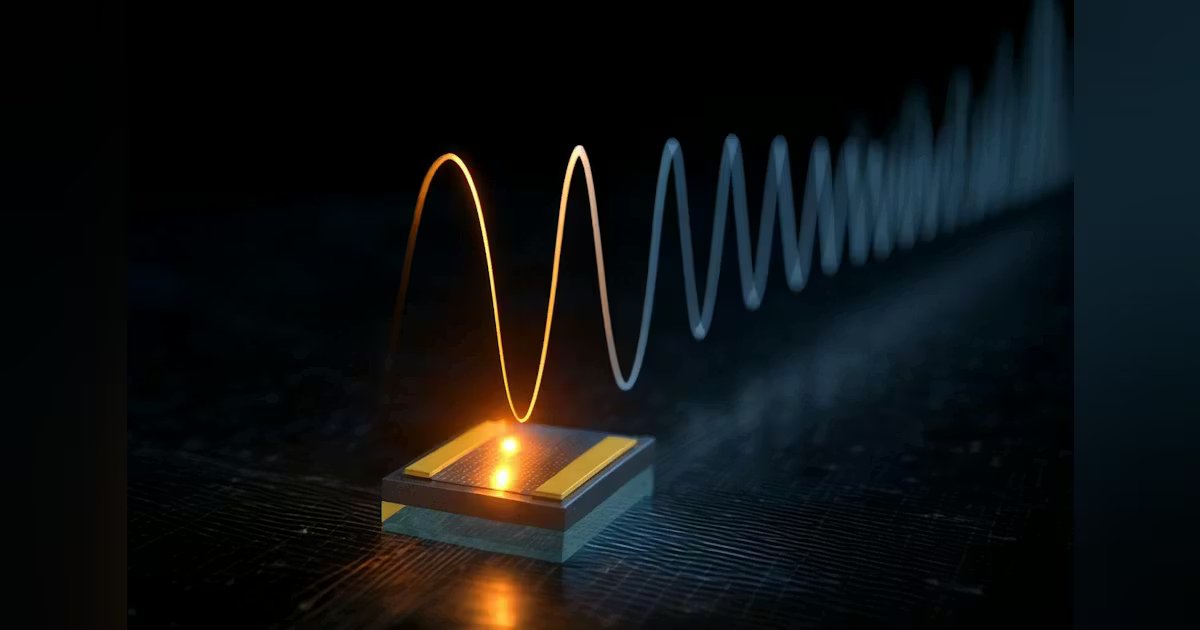Vincenzo Pecunia, an associate professor who leads the Sustainable Optoelectronics Group at Simon Fraser University, answers Laser Focus World’s questions about the effort.
Advances in next-gen photodetectors are outpacing the optoelectronics research community’s ability to consistently measure and compare performance—and it makes it extremely challenging for the industry to determine which emerging photodetector technologies are truly breakthroughs and ready for real-world applications.
A team of academia and photonics industry experts from 43 universities and research institutes, and 11 companies including Panasonic, Vishay, OmniVision, Exosens, and Thorlabs, collaborated and published “Consensus Statement” guidelines to characterize, report, and benchmark these light-sensing technologies—including ones based on organic semiconductors, perovskites, quantum dots, or two-dimensional (2D) materials.
Laser Focus World: What inspired you to put together guidelines to characterize, report, and benchmark next-gen photodetectors?
Vincenzo Pecunia: The inspiration came from observing the rapid growth and diversity of emerging photodetector technologies and noticing inconsistent performance characterization and reporting across the field. The literature has often evaluated and interpreted the performance metrics of these devices inconsistently, which makes it difficult to compare them and identify genuine advances. This is a particularly important challenge because these technologies are highly promising, with some already approaching or entering industrial deployment. Therefore, we saw an urgent need for clear, community-driven guidelines to help researchers and industry benchmark devices accurately, identify the most promising solutions, and accelerate both development and commercialization.
LFW: What do you classify as next-gen photodetectors?
Pecunia: In our Consensus Statement, we define next-generation photodetectors as devices based on emerging semiconductors, including organics, perovskites, low-dimensional materials—like carbon nanotubes, 2D semiconductors, and quantum dots—and metal oxides. Unlike traditional crystalline semiconductors (Group IV or III–V), these materials aren’t constrained by lattice matching. This allows advantages such as mechanical flexibility, customizable form factors, substrate versatility, and lightweight designs. They can also be processed over large areas using scalable methods like printing, coating, or vapor deposition, which lowers costs and environmental impact. Moreover, their straightforward compositional tunability allows spectral responses to be tailored in ways not possible with conventional semiconductors. Because of such features, these technologies are prime candidates for next-generation photodetectors, with potential for widespread deployment in applications previously unattainable.
LFW: What are the key performance metrics?
Pecunia: In our Consensus Statement, we highlight key performance metrics such as dark current, responsivity, external quantum efficiency, photoconductive gain, noise, noise-equivalent power, detectivity and specific detectivity, linearity and linear dynamic range, speed of response, and stability. While these metrics are widely adopted in the broader photodetector literature, our work goes further by clarifying common misunderstandings, resolving ambiguities, and establishing standardized experimental protocols, models, and reporting requirements specifically for emerging photodetector technologies. We do so while accounting for the unique effects that arise in these emerging technologies. This approach ensures that performance can be reliably compared across devices and helps the community identify truly cutting-edge solutions as the field evolves.

